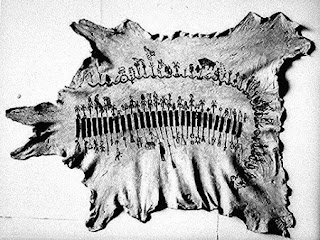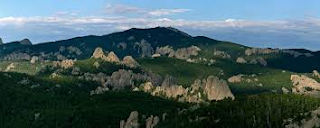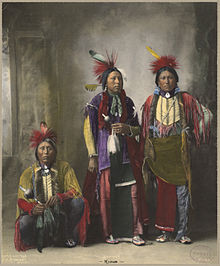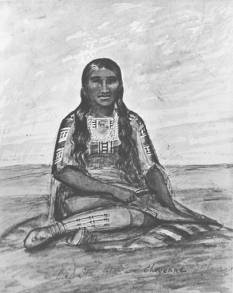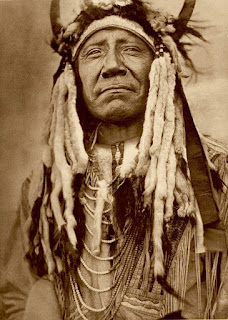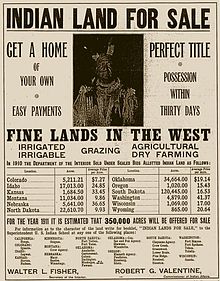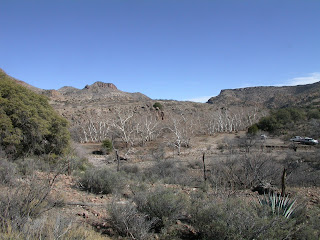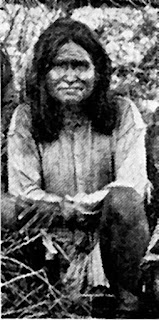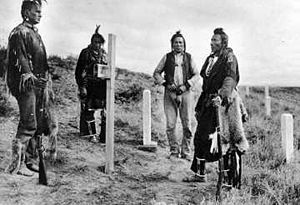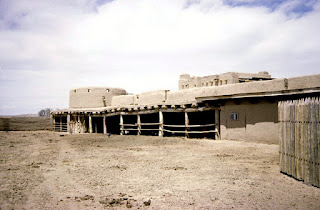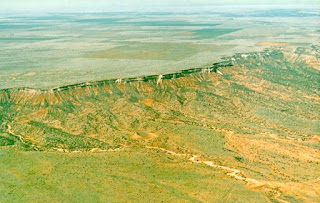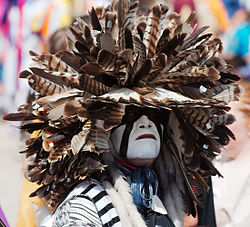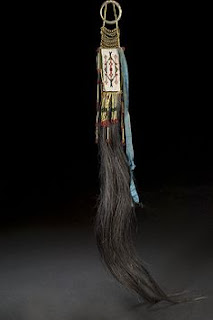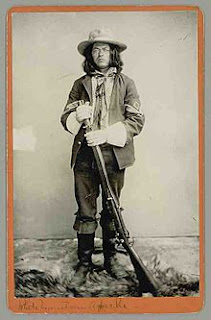What Is: Ledger Art

For centuries, Native people had decorated prepared hides, including robes, clothing, shields, tipis and other items with artistic touches. Painting with quills or wooden stylus using dyes from plants were the earliest mediums. Later, as animal populations became scarce and tribes were increasingly confined to reservations, new mediums presented themselves. Instead of hides, there was paper and or fabrics available. For paint, there were water colors, chalks, and ink. From this difference in circumstances came a new type of art, known as ledger art. A ledger is a large book in which financial or other records are kept. Traders, missionaries and military officers often had supplies of them on hand. Native artists found the paper useful for a far more decorative and perhaps psychological purpose. Painting on hides held many meanings. Calendars kept track of tribal histories. Personal paintings could commemorate success in war, ...


